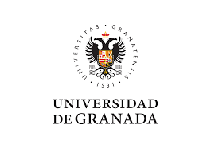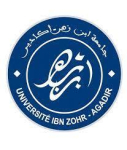ABOUT US
The general objective of SHARInG-MeD is building an open and concerted soil monitoring scheme to integrate physico-chemical, biological , agronomic, economic and environmental indicators of the Mediterranean croplands; build models of the soil properties at the wide scale; changes of soil properties at the fine scale; relationship between land or crop management practices with environmental and economic performances of the agricultural systems or crops; models of harmonization of soil data among various public databases; and foster the diffusion of the soil improving practices in the Mediterranean drylands, with special emphasis to the West Asia and Nord Africa . These aims and expected results cover all requirements of the specific topic by providing a tool for the measurement of the soil degradation process, and crop profitability and environmental impact, thus enabling an environment for the protection, restoration and improvement of soil health in the Mediterranean drylands; providing harmonization models and indicators of agricultural health from both environmental and human needs; by validating these models in actual conditions; by performing an evidence synthesis of the state of monitoring and existing soil data in the Mediterranean area and providing models for the existing physico-chemical, biological, agronomic, economic and other environmental indicators for region-wide assessment of soil ecosystem health; by identifying and establishing synergies with other H2020, PRIMA, national projects and initiatives, research infrastructures and living labs; by providing a tool for the harmonization of the National Soil Surveys in the Soil Atlas; by engaging general public and stakeholders in fruitful dissemination and communication activities.




















